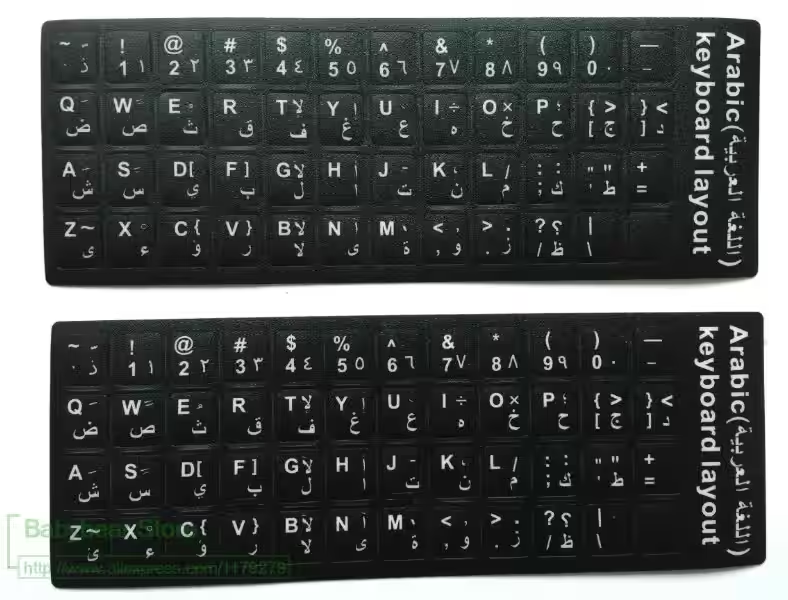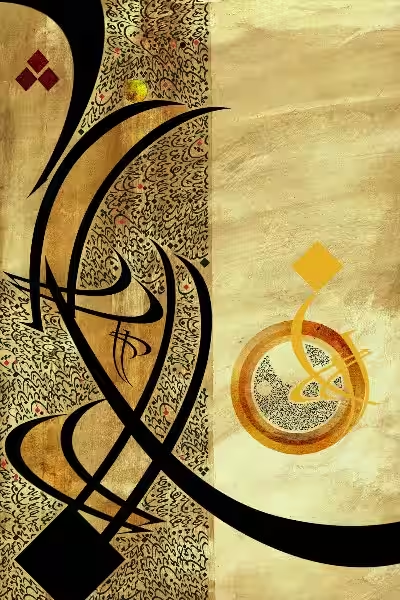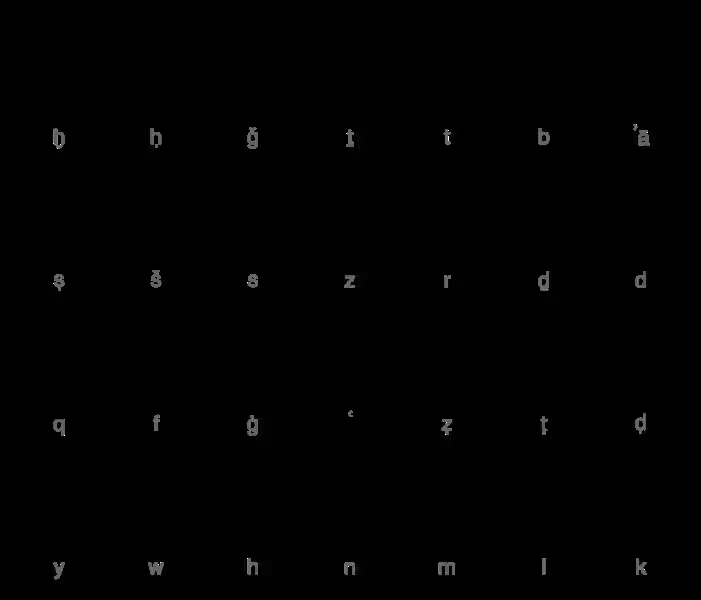
The Arabic word for “pen” is “qalam” (ﻗَﻠَﻢ). This seemingly simple word holds a profound significance in the Arabic language and culture. It’s a symbol of knowledge, creativity, and communication, embodying the power of written expression.
The word “qalam” is a masculine singular noun, pronounced as “qah-lum.” It’s a versatile word that can be conjugated to form the masculine plural “aqlaam (ﺃَﻗﻠَﺎﻡ),” allowing you to discuss multiple pens.
Understanding the Significance of “Qalam”
The “qalam” is more than just a tool for writing; it represents the essence of human expression. It is the conduit through which thoughts, ideas, and emotions are transferred onto paper, leaving an indelible mark on history.
In the Arabic world, the pen holds a sacred place in society. It’s often associated with scholars, poets, and writers – individuals who use the power of the “qalam” to illuminate the world with their words.
The Importance of “Qalam” in Everyday Life
The “qalam” is an integral part of daily life in Arabic-speaking cultures. From children learning their ABCs to adults writing important documents, the “qalam” is a constant companion.
It’s a tool for education, communication, and creativity. You’ll find it used in schools, offices, and homes, serving as a vital instrument for expressing oneself in the written form.
Exploring “Qalam” in Sentences
To truly appreciate the power of “qalam,” let’s explore how it’s used in various sentences:
Examples of “Qalam” in Action
- “I write with the pen” (ﺃَﻛﺘُﺐُ ﺑِﺎَﻟﻘَﻠَﻢِ)
- “The student writes the homework with the pen” (ﻳَﻜﺘُﺐُ ﺍَﻟﻄَّﺎﻟِﺐُ ﺍَﻟﺪَّﺭﺱَ ﺑِﺎَﻟﻘَﻠَﻢِ)
- “My true love was the pen” (ﺣُﺒِّﻲ ﺍَﻟﺤَﻘِﻴﻘِﻲُّ ﻛَﺎﻥَ ﺍَﻟﻘَﻠَﻢُ)
These simple sentences demonstrate the versatility of “qalam” in Arabic. It can be used to express simple actions, describe objects, and even convey deep emotions.
The Power of Root Letters: Unveiling the Connection
The Arabic language is built on a system of root letters that form the basis of many related words. The word “qalam” is no exception. Its root letters – “qaf” (ﻕ), “lam” (ﻝ), and “mim” (ﻡ) – hold the key to understanding its connection to other words.
Deriving Meaning from Root Letters
Words with the same root letters often share a connection in meaning. For example, the related word “qallama (ﻗَﻠَّﻢَ)” means “to clip, trim,” and “muqallam (ﻣُﻘَﻠَّﻢ)” means “clipped, trimmed.” This connection highlights how understanding root letters can help decipher the meaning of related words.
Exploring the World of Arabic
The Arabic language is a rich and intricate tapestry woven from a vast vocabulary and complex grammar. Understanding the meaning and usage of words like “qalam” is crucial for unlocking the beauty and depth of this language.
If you’re interested in learning more about Arabic, there are many resources available online. Websites like arabic.fi offer a wealth of information about Arabic language, grammar, and words, providing a valuable platform for language learners and enthusiasts alike.
So, pick up a “qalam” and embark on your journey to explore the fascinating world of Arabic!
Frequently Asked Questions About “Pen” in Arabic
What is the Arabic word for “pen”?
The Arabic word for “pen” is “qalam” (ﻗَﻠَﻢ).
How do you pronounce “qalam”?
“Qalam” is pronounced as “qah-lum”.
What is the plural form of “qalam”?
The plural form of “qalam” is “aqlaam” (ﺃَﻗﻠَﺎﻡ).
How do you pronounce “aqlaam”?
“Aqlaam” is pronounced as “ah-qlahm”.
What are some examples of how to use “qalam” in a sentence?
- “I write with the pen” (ﺃَﻛﺘُﺐُ ﺑِﺎَﻟﻘَﻠَﻢِ)
- “The student writes the homework with the pen” (ﻳَﻜﺘُﺐُ ﺍَﻟﻄَّﺎﻟِﺐُ ﺍَﻟﺪَّﺭﺱَ ﺑِﺎَﻟﻘَﻠَﻢِ)
- “My true love was the pen” (ﺣُﺒِّﻲ ﺍَﻟﺤَﻘِﻴﻘِﻲُّ ﻛَﺎﻥَ ﺍَﻟﻘَﻠَﻢُ)
What are the root letters of “qalam”?
The root letters of “qalam” are “qaf” (ﻕ), “lam” (ﻝ), and “mim” (ﻡ).
What are some related words to “qalam”?
“Qallama” (ﻗَﻠَّﻢَ) means “to clip, trim,” and “muqallam” (ﻣُﻘَﻠَّﻢ) means “clipped, trimmed.”
- The Arabic word for “pen” is “qalam” (ﻗَﻠَﻢ).
- “Qalam” is pronounced as “qah-lum”.
- “Qalam” is a masculine singular noun.
- The masculine plural form of “qalam” is “aqlaam” (ﺃَﻗﻠَﺎﻡ).
- “Aqlaam” is pronounced as “ah-qlaam”.
- The guide provides audio buttons for both the singular and plural forms.
- The audio buttons allow users to hear the pronunciation of each word.
- The guide likely includes a visual representation of the Arabic script for both words.
- The guide focuses on basic vocabulary and pronunciation.
- The guide aims to be helpful for beginners learning Arabic.
- The audio and visual aids make the guide accessible to various learners.
- The guide provides clear and concise information.
- The guide helps learners build a foundation for further language study.
- The guide is likely part of a larger resource for learning Arabic.
- The guide may include other vocabulary words related to writing.
- The guide may have additional resources for learning Arabic grammar and pronunciation.
- The resource may be available online or in print.
- The resource may be free or paid.
- The resource may be targeted towards specific learners, such as students or travelers.
- The resource may provide a structured learning path for Arabic language acquisition.
- The resource may include interactive exercises or quizzes to reinforce learning.
- The resource may provide a community forum for learners to connect with each other.
- The resource may offer personalized learning plans based on individual needs.
- The resource may integrate with other language learning tools or platforms.
- The resource may be updated regularly with new content and features.
- The resource may be developed by a team of language experts and educators.
- The resource may be reviewed and validated by language professionals.
- The resource may be translated into multiple languages.
- The resource may be promoted through various online and offline channels.
- The resource may be evaluated by user feedback and data analytics.








